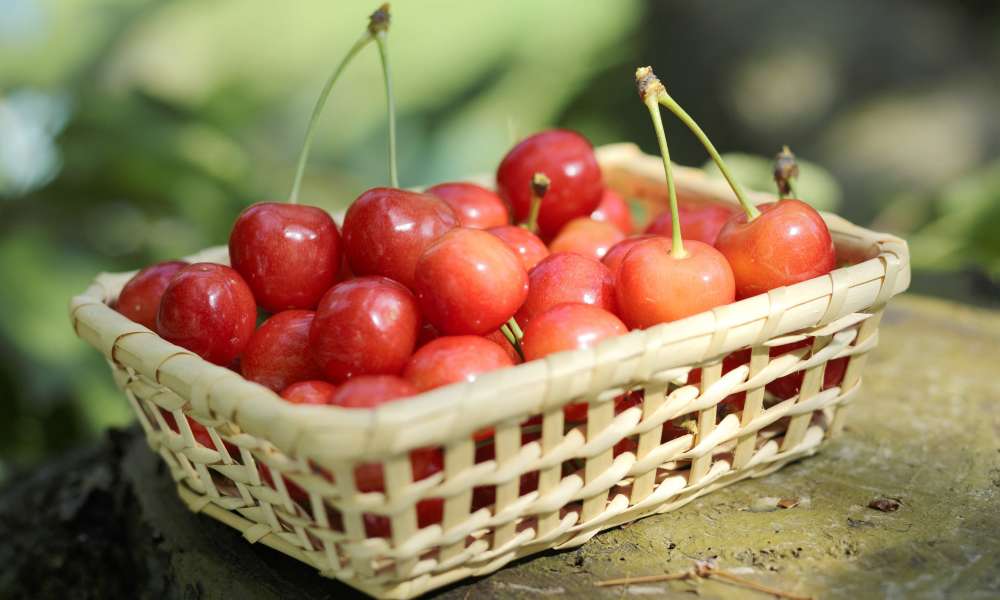 Cherries, or 'sakuranbo', a famous product of Yamagata
Cherries, or 'sakuranbo', a famous product of Yamagata
From mountain-top temple Yamadera to Dewa’s three sacred peaks, mountains remain at the heart of rural Yamagata’s unique identity.
The origins of the name ‘Yamagata’ can be traced all the way back to the Heian Period (794-1192): a dictionary from the time refers to the area as such, writing it with Chinese characters meaning “place with mountains”. Nowadays, the name Yamagata is written with characters meaning “mountain shape” or “mountain form”, but the importance of its many mountains to the character of the prefecture remains the same.
No one knows which mountain or mountains in particular inspired the naming, but Yamagata’s peaks - including Mt. Zao, Mt. Ryuzan and the three sacred mountains of Dewa - have long been known for their connections to Shugendo, traditions of mountain spirituality and asceticism. Get under the skin of Shugendo by hiking between the Dewa Sanzan’s triplet of shrines representing birth, death and rebirth, hanging out with a ‘yamabushi’ (mountain ascetic) to learn some of the tricks of the trade, and seeing the mummified bodies of yamabushi monks viewed as ‘living Buddhas’.
A large prefecture on the Sea of Japan coast in the south of the Tohoku region, aside from its many mountains, Yamagata is known for its hot springs, natural beauty, rural flair and top quality agricultural products, especially cherries. Unique attractions in the prefecture include Zao with its crater lake, ‘snow monsters’ and ski resort; the world’s largest collection of jellyfish at Kamo Aquarium; and a museum dedicated to prolific Japanese photographer Ken Domon, holding over 70,000 of his works.
That’s in addition to a historic silver mine, public baths and rice warehouses in Ginzan Onsen and Sakata, and many art and history museums including the Honma Art Museum, housed inside a lavish former samurai mansion with a splendid Japanese garden alongside.
1. Visit Yamadera, the Mountain Temple
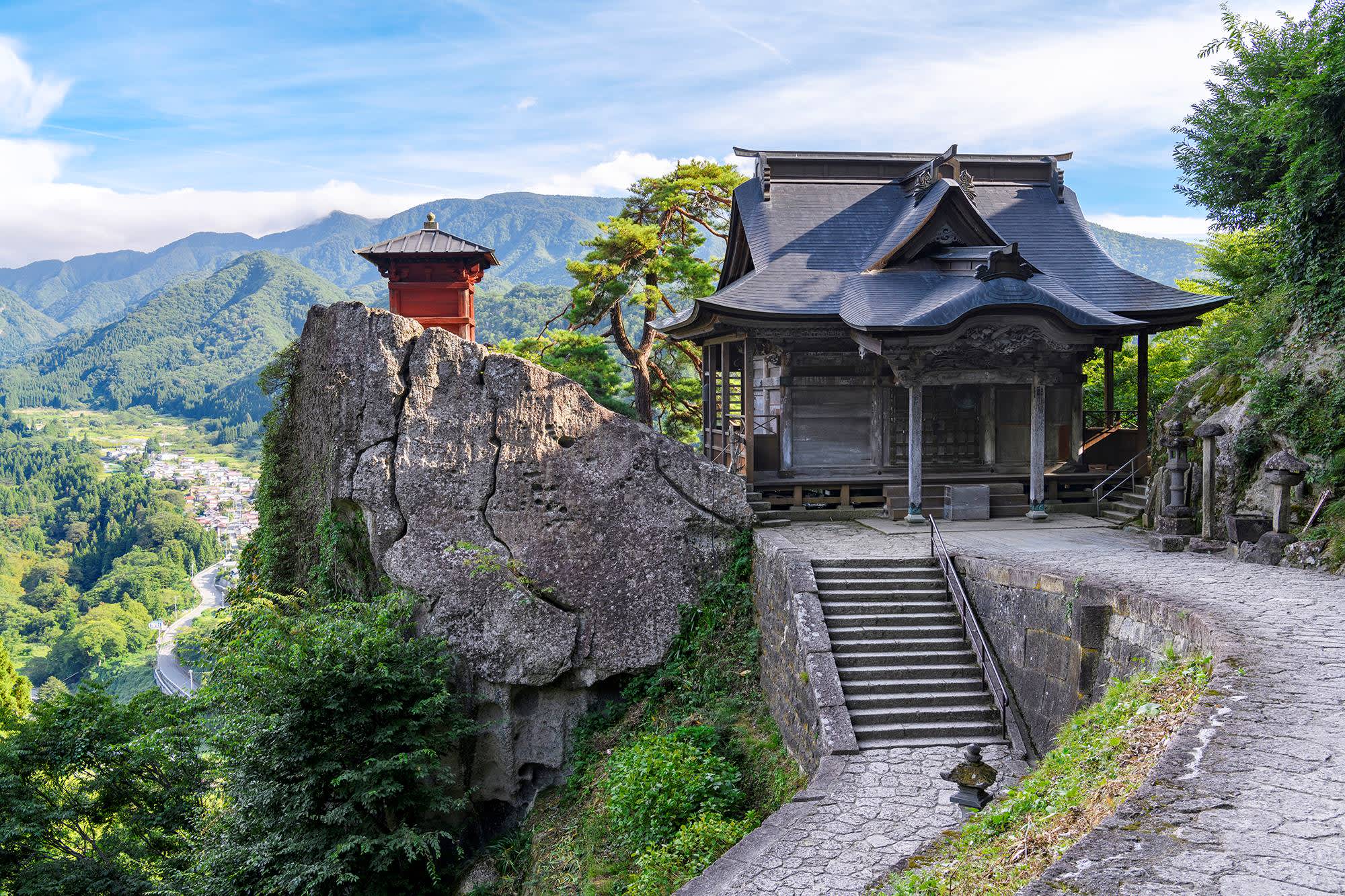 The summit of Yamadera
The summit of Yamadera
Yamadera - whose name literally means ‘mountain temple’ - is Japan’s original mountain-top temple. Founded over a thousand years ago, Yamadera’s official name is Risshakuji Temple, but it is more commonly known by its very fitting nickname. A scenic temple located in the mountains near Yamagata City, its temple grounds extend high up a steep mountainside, with the upper area accessed by a hiking trail including numerous flights of stone steps.
Bonus: ‘Meet’ Poet Matsuo Basho
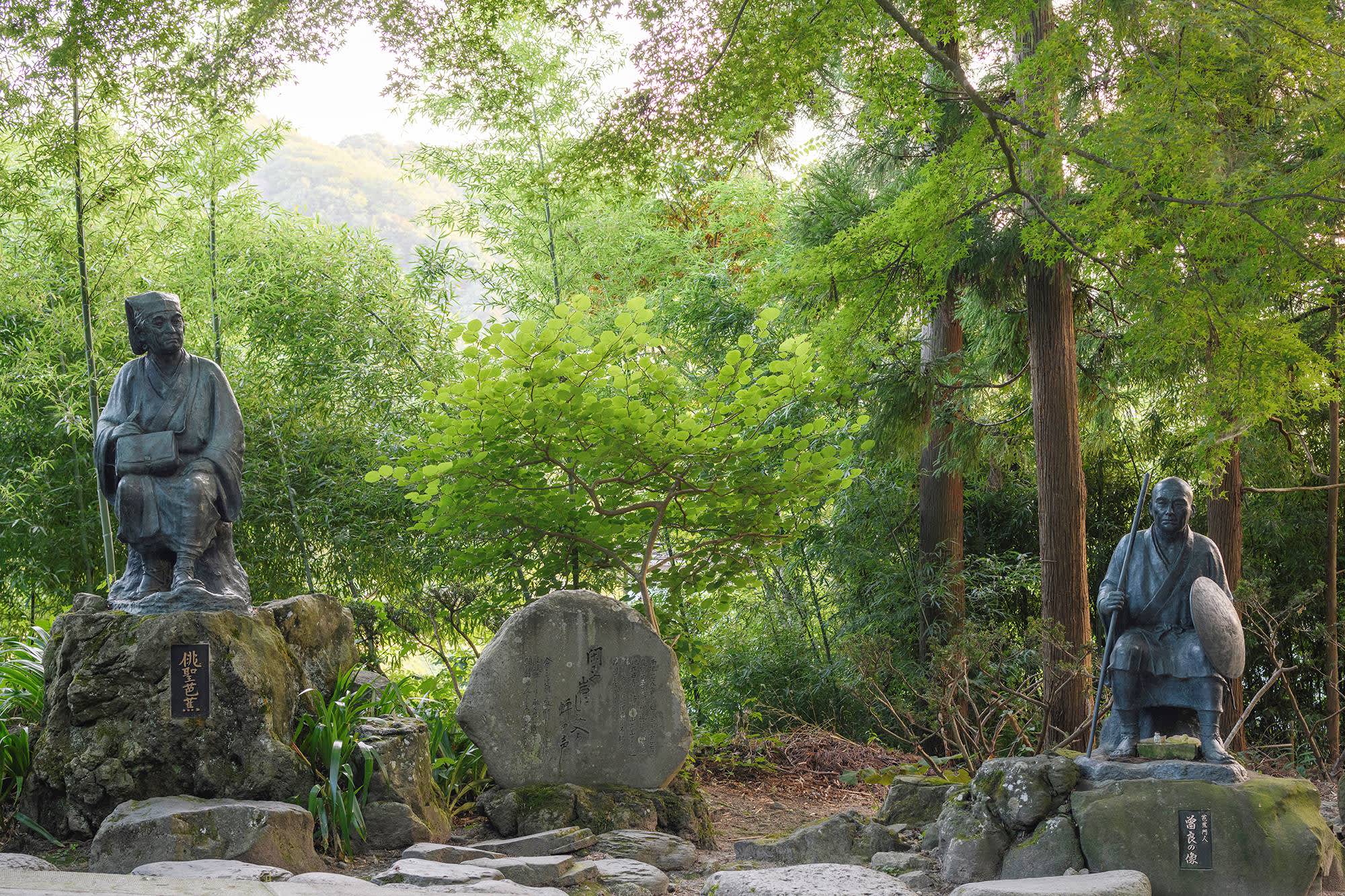 Statues along the Yamadera path
Statues along the Yamadera path
Yamadera is also famous for a visit by the famous Japanese haiku poet Matsuo Basho in the late 1600s. On his famous journey to Japan’s deep north he stopped off at the temple and composed one of his most well-known haiku there, about the silence and stillness of the surrounding area.
Fans of Basho in particular or Japanese haiku and poetry in general can spend a half-day seeking out a statue of Basho and a stone inscription of the poem in the lower temple grounds, and learning more about the famous poet at the Basho museum in the Fuga no Kuni entertainment complex to the south of Yamadera and the train station.
2. Encounter Your Past, Present and Future at Dewa Sanzan
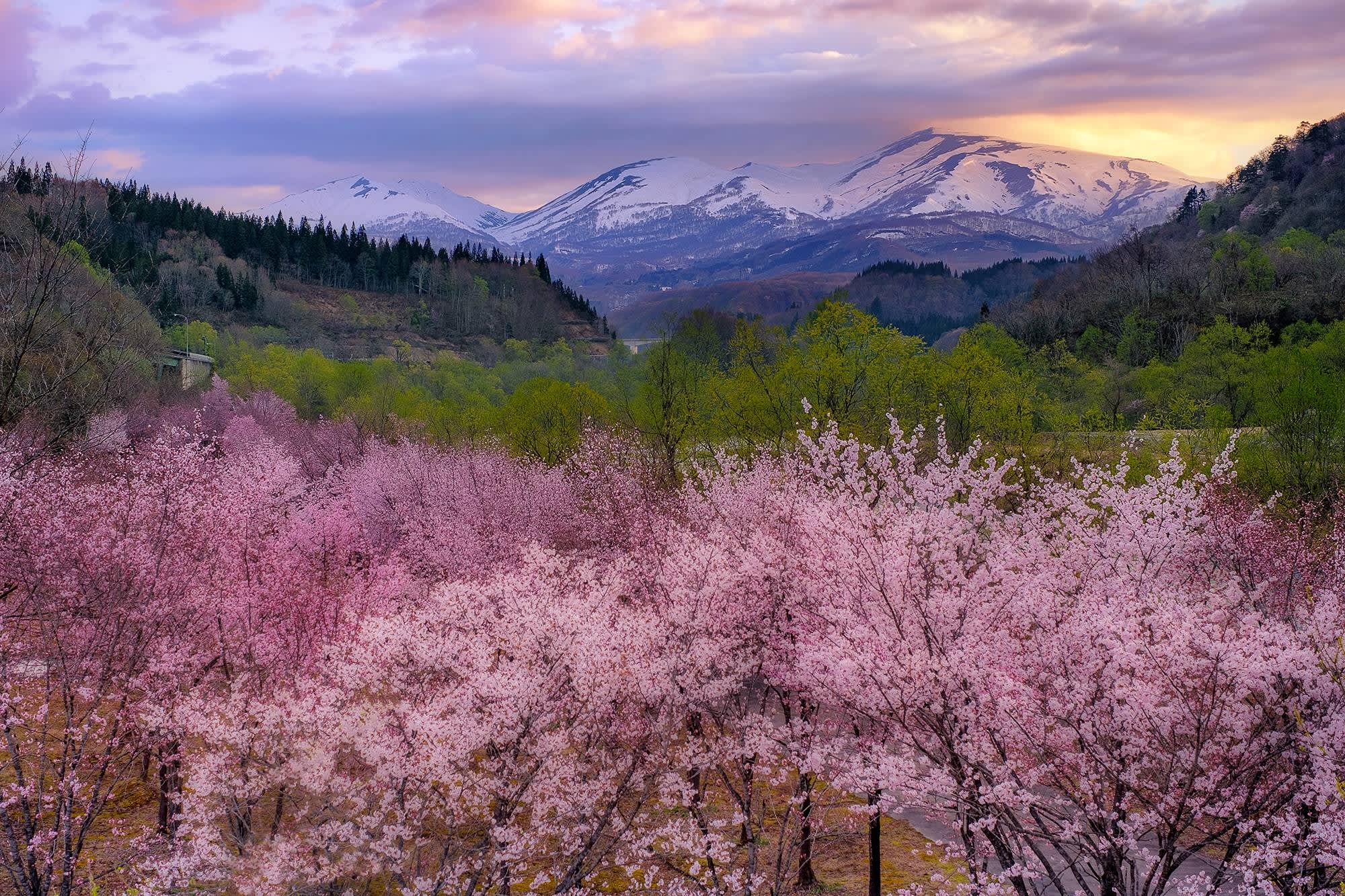
Broadly speaking, Yudono-san is the most sacred of the three mountains, Gas-san is the highest of the three mountains, and Haguro-san is the most accessible of the three mountains. In winter, heavy snowfall means that only Haguro-san remains open, so for tourists and pilgrims who want to see all three mountains, the best time to visit is between July and mid-September.
Enjoy an Entertaining Hike to Haguro-san’s Shrine
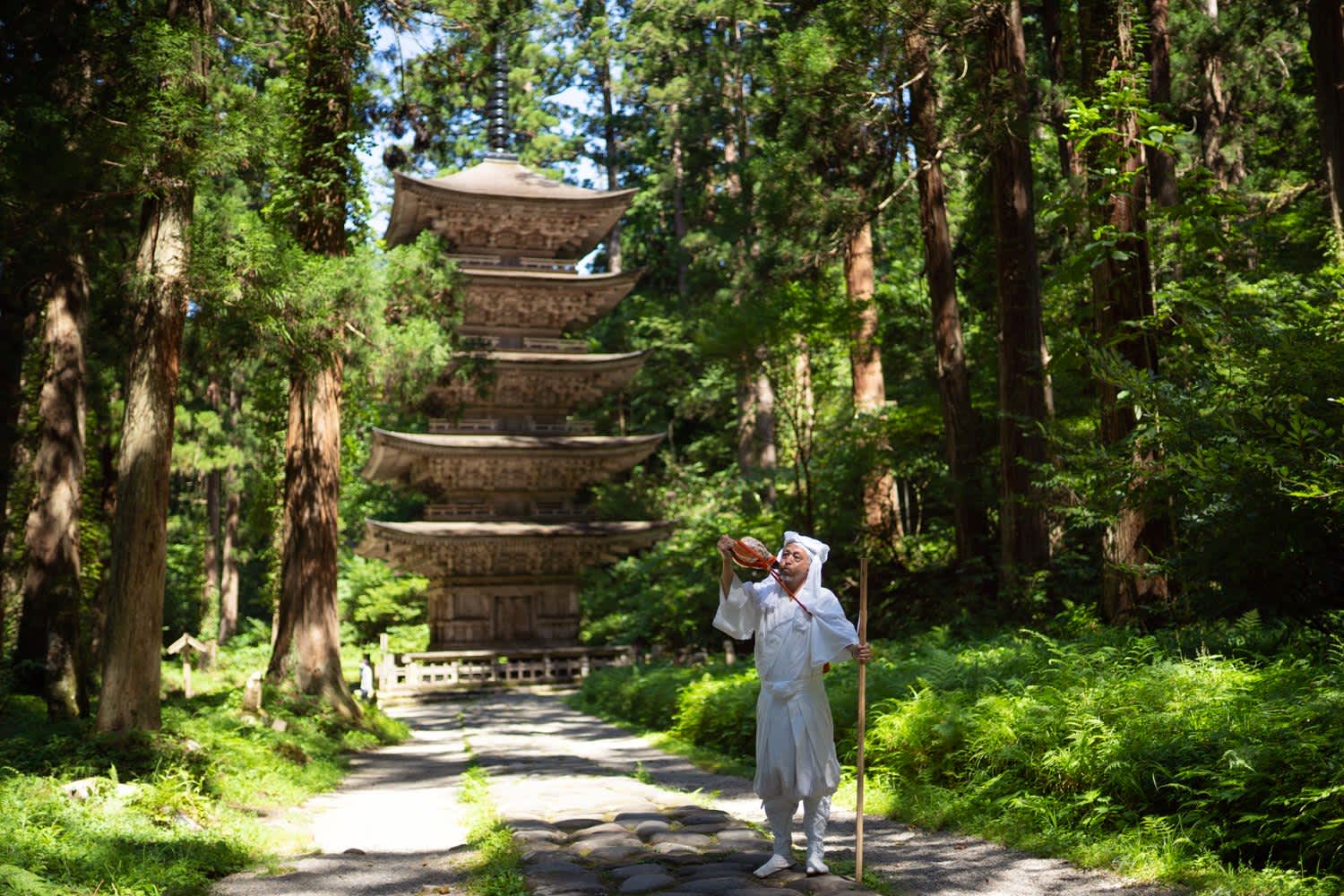
Saikan, just before the summit, offers temple lodging (shukubo) experiences, that must be booked in advance. Once you finally reach the top, wheezing and panting, you’ll find a final couple of goodies waiting for you in the form of the Dewa Sanzan Historical Museum and Haguro-san shrine’s main building, whose main claim to fame is its thatched roof, the thickest in Japan at over two metres.
Get Purified at Gas-san’s Shrine
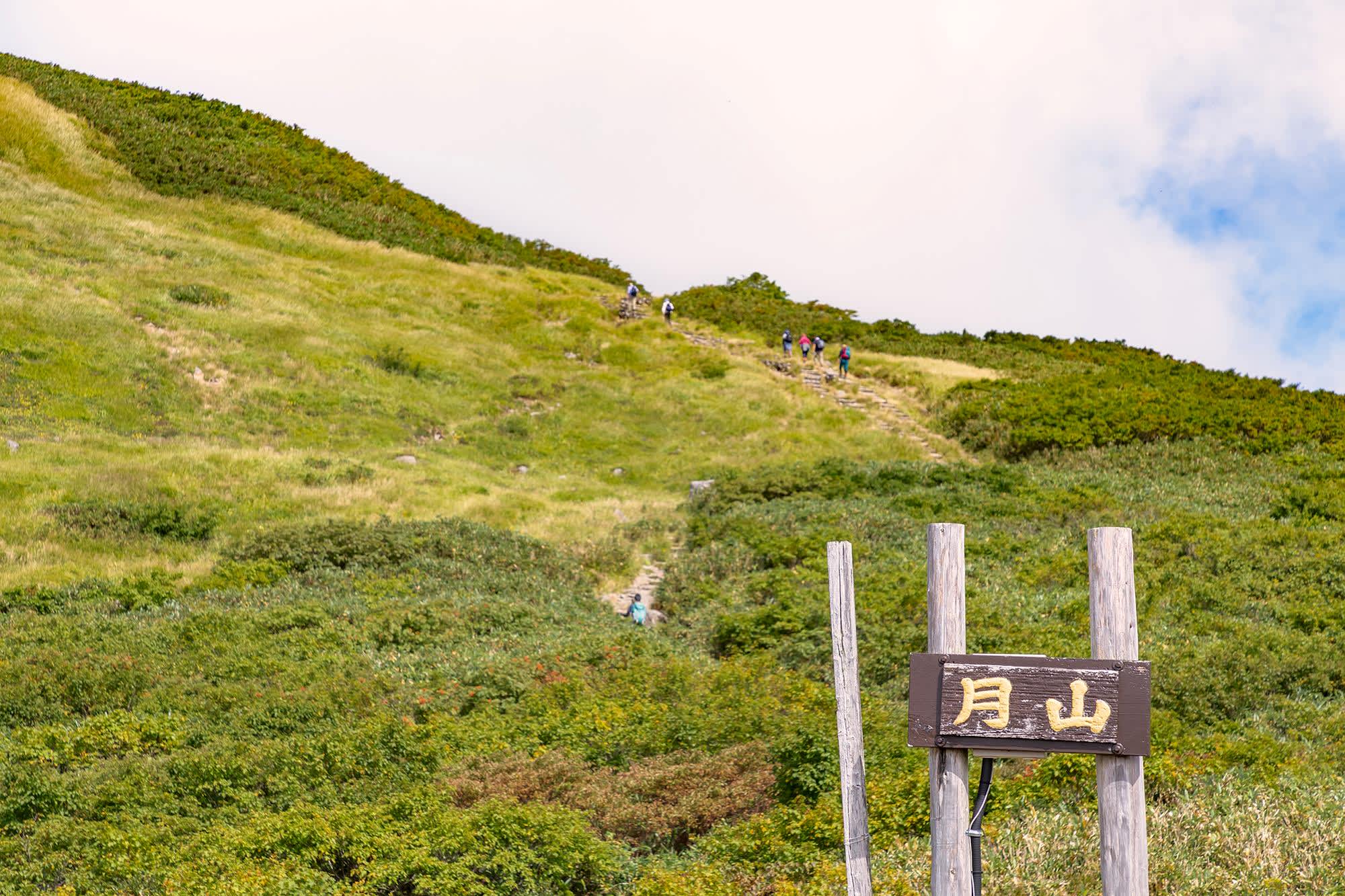
Alternatively, you can hike from the bottom to the top in around three hours. The treeless hiking trail allows hikers to enjoy the spectacular surrounding mountain scenery, including wild alpine flower fields, marshes, and patches of leftover summer snow. Due to heavy snowfall and lack of paved roads, Gas-san’s summit is closed for most of the year so make sure to visit during the summer months if you want to see the shrine.
On reaching the shrine, you must participate in a short purification ceremony before entering (the priests are well-used to guiding non-Japanese speaking visitors through the rites). After being purified, offer your prayers at the shrine’s altar, have a sip of sake, and light a candle or incense stick before continuing on your way.
Shrouded in Secrecy: Visit Yudono-san’s Shrine
The First Rule of Yudono-san is: you do not talk about Yudono-san. As the most sacred of the three Dewa Sanzan shrines, Yudono-san is also full of secrecy and mystery. It is believed to be so sacred that it is forbidden to either talk or hear about what goes on inside the shrine, and there is a strict ban on all photography - so you’ll just have to visit for yourself to find out.
Bonus: Meet a Yamambushi (Mountain Ascetic)
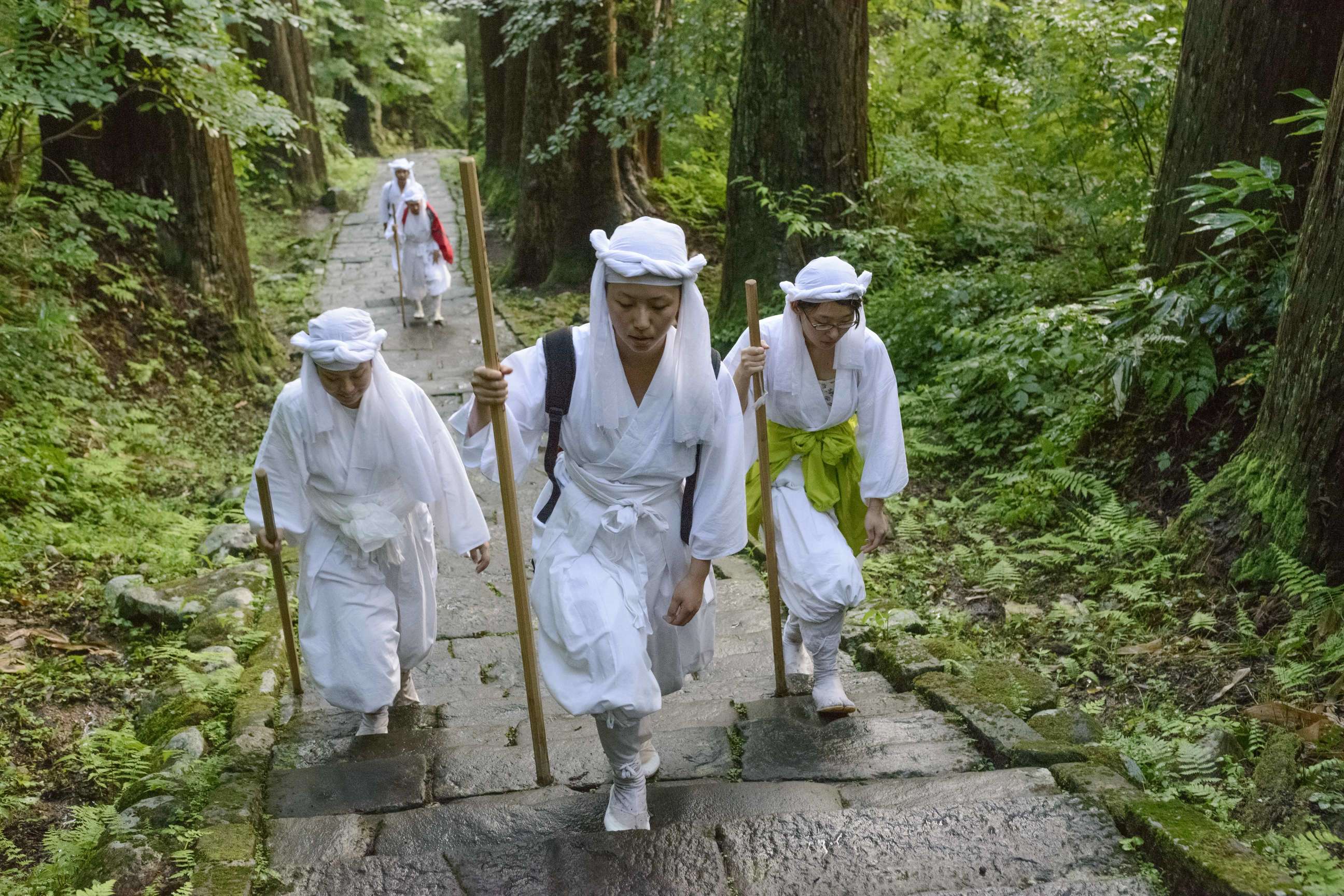
Or witness evidence of the most extreme example of yamabushi’s religious devotion and physical endurance at nearby Churenji Temple and Dainichibo Temple, where you can see the somewhat gruesome sight of the bodies of two yamabushi monks who succeeded as preserving themselves as ‘living Buddhas’ (sokushinbutsu’ - mummies to the less religiously inclined) through a process of extreme fasting and meditation.
3. Step Back in Time at Ginzan Onsen
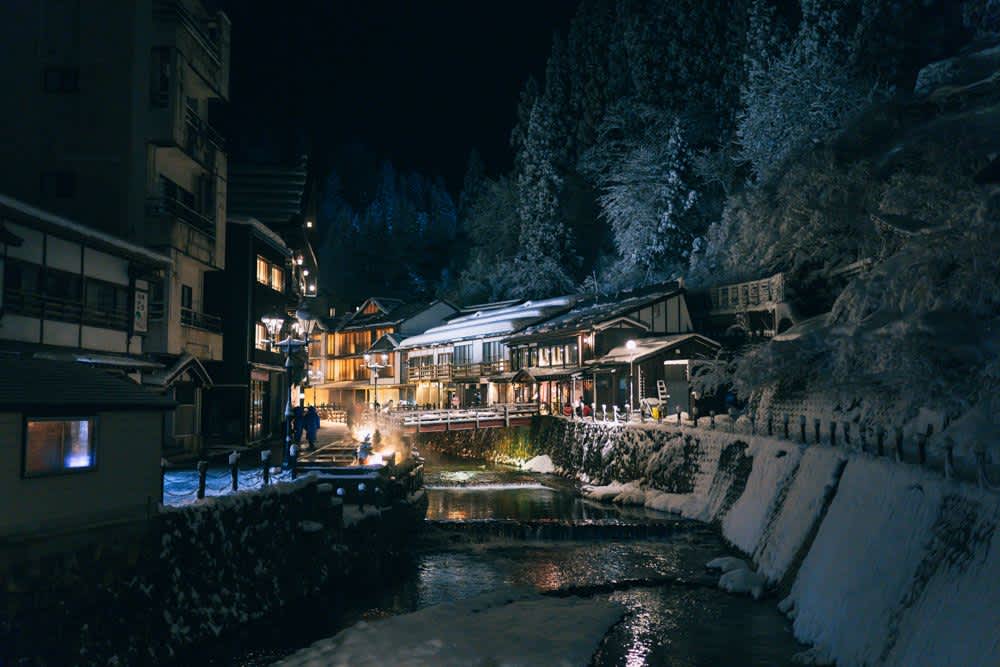
Ginzan means ‘silver mountain’ or ‘silver mine’, so you may be unsurprised to learn that the town was originally founded and developed around the economy generated by the silver mine at the back of the town. The mine was opened over 500 years ago and served as the town's lifeblood during the early Edo Period. It is long since closed and the majority of its labyrinthine maze of tunnels is closed to visitors, but you can visit a couple of sections of the mine - the tunnel at the entrance and another section located a short 10-15 minute walk up into the valley along a nature trail and past a constantly rushing 22-metre tall waterfall.
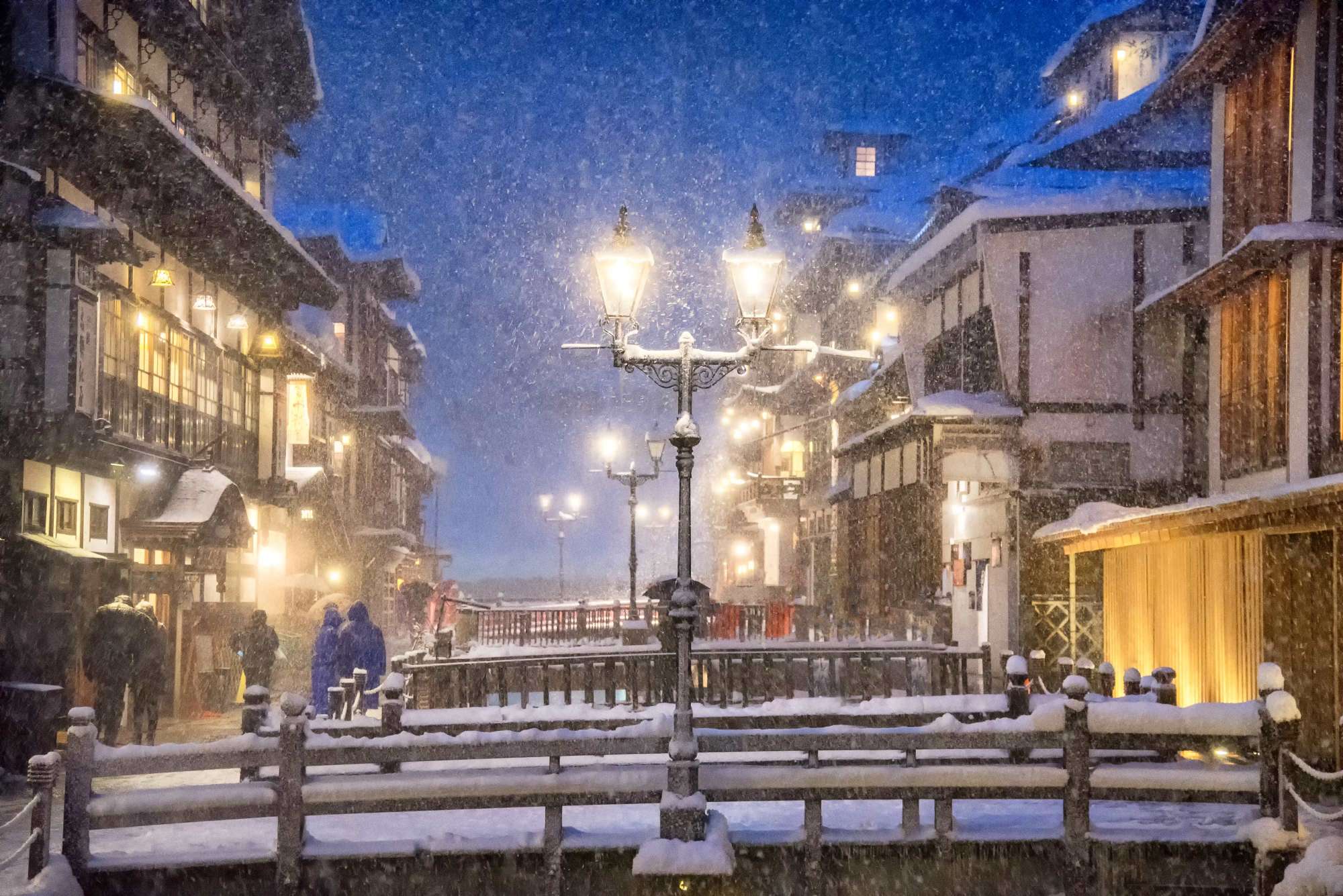
Due to the narrow, historical streets and the absence of parking spaces, Ginzan Onsen’s town centre is a pedestrian-only zone. At night, the ryokan lining the riverbanks are lit up and the town’s bridges and street corners are illuminated by gaslight, turning the town centre into a veritable haven for strollers. In summer, staying ryokan guests clad in colourful yukata can be seen out and about taking the air, while in winter the townscape is accentuated by the layers of heavy snow that cling to its rooftops and walkways.
4. View Natural Wonders at Zao Onsen
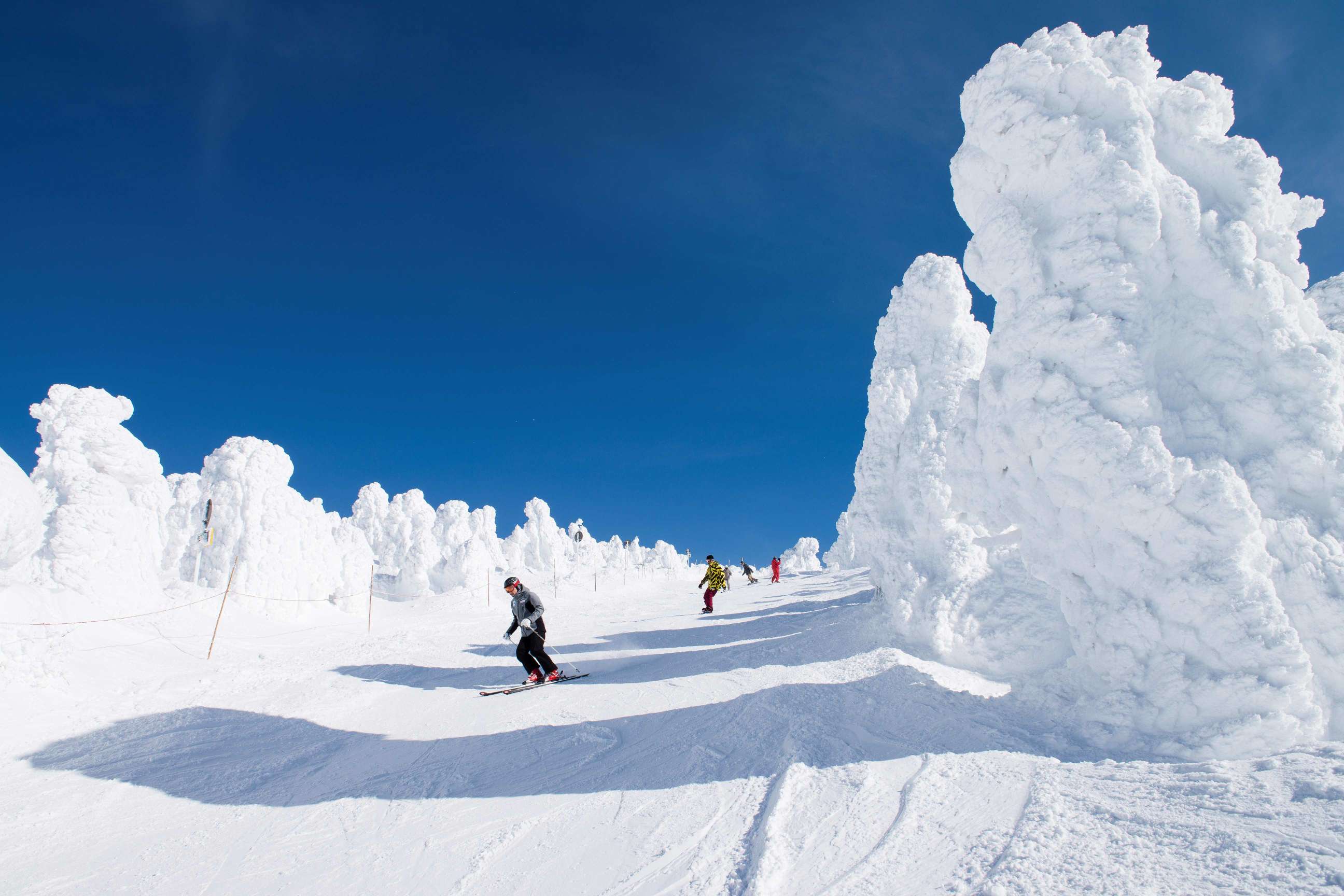
On the Yamagata side, the top attraction is undoubtedly the hot spring town of Zao Onsen. With a PH value of almost 1, Zao Onsen’s waters are some of Japan’s most acidic. You can enjoy them at a variety of different bath houses across the town, ranging from small, old-fashioned sento (public baths) to modern facilities. However, the highlight is arguably Zao Dai-Rotemburo, with its large, outdoor baths situated in a forested valley right alongside a mountain river (though closed in winter).
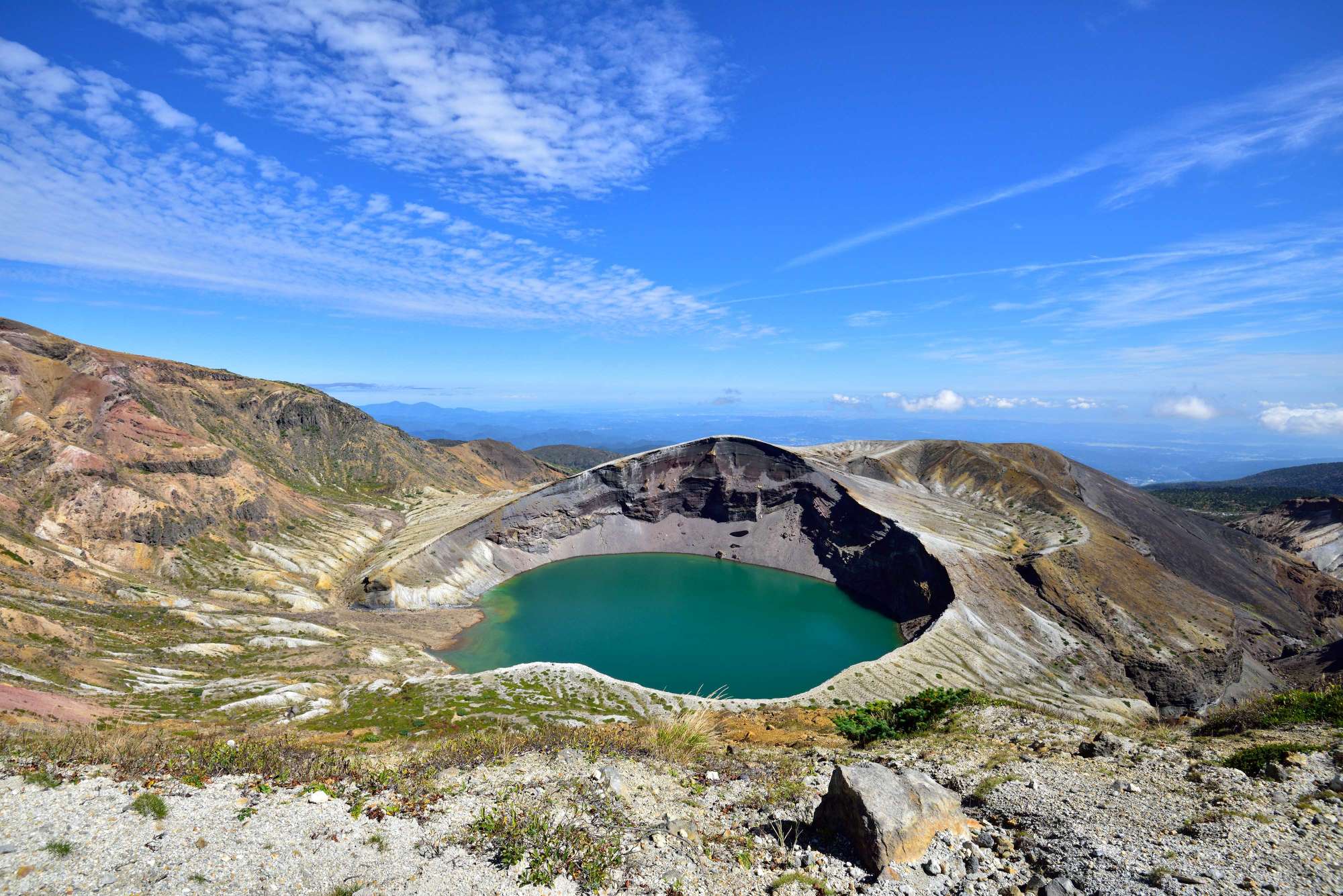
The multitude of hot baths also makes the ideal environment for enjoying the most Japanese of apres ski activities in winter, when Zao Onsen turns into a leading ski resort. One of Japan’s oldest ski resorts, Zao Onsen ski resort has over 30 lifts, gondolas and ropeways, offering many long runs with good snow and slopes for all skill levels. It is also one of only a few places in Japan where ‘snow monsters’ - also known less poetically as ‘juhyo’ (‘ice trees’) in Japanese - can be seen.
5. Commune with Jellyfish at Kamo Aquarium
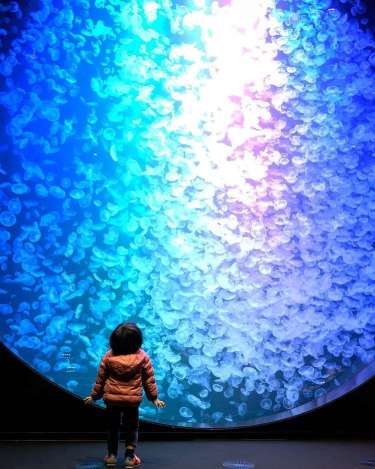
The soothing benefits of the jellyfishes’ gently swirling forms can best be appreciated by indulging in a spot of what the locals refer to as “jellyfish appreciation”. Watch dozens of different species of jellyfish drifting in backlit tanks among low-level mood lighting, creating a calming and relaxing effect as you watch them swirl and dance (and sometimes get tangled in a knot - but hey, that’s part and parcel of life as a jellyfish).
Once you’ve been lulled into a trance by the jellyfishes’ hypnotic dance, don’t forget to snap out of your daze for long enough to head to the in-house cafe to try their jellyfish ramen or jellyfish ice cream! There’s also a jellyfish farm, where you can see thousands of tiny, unborn jellyfish being incubated before they making their grand appearance into the world.
6. Feel Photogenic at the Ken Domon Museum
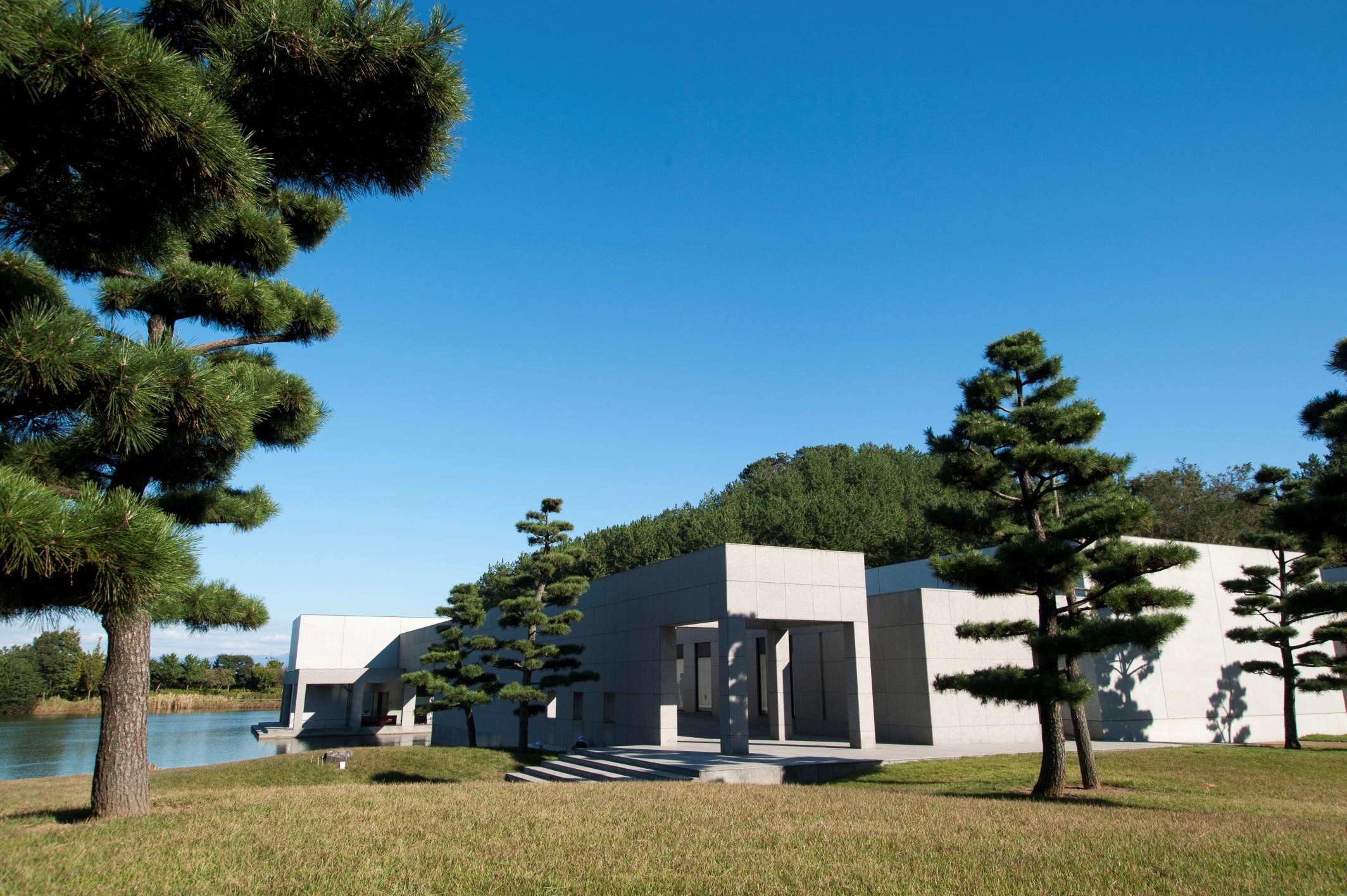
Once you’ve had your fill of the dreamy world of dancing jellyfish, hop in your car for the 30-minute drive north along the coast to the Ken Domon Museum, a museum of photography dedicated to the acclaimed local photographer, Ken Domon (1909-1990), one of the most famous and prolific 20th century photographers and a native of Sakata.
Before his death, Domon donated around 70,000 (yes, you read that number correctly!) of his photographs to Sakata City, and these became the basis for the museum’s main collection. Set in beautiful natural surroundings in a modern, angular building designed by famous Japanese architect Yoshio Taniguchi, when it opened in 1983 it was the first ever museum of photography in Japan.
Explore the museum’s three galleries - two of which feature rotating seasonal exhibitions of selections of photographs on a different theme such as ancient pottery or religious idols, and the third which showcases works by photographers associated with Ken Domon. Known for his realistic shots of ordinary people engaged in everyday life as well as his images of Buddhist statues and temples, there is sure to be a side of Ken Domon’s work that appeals to everyone.
7. Visit Sakata’s Historic Rice Warehouses
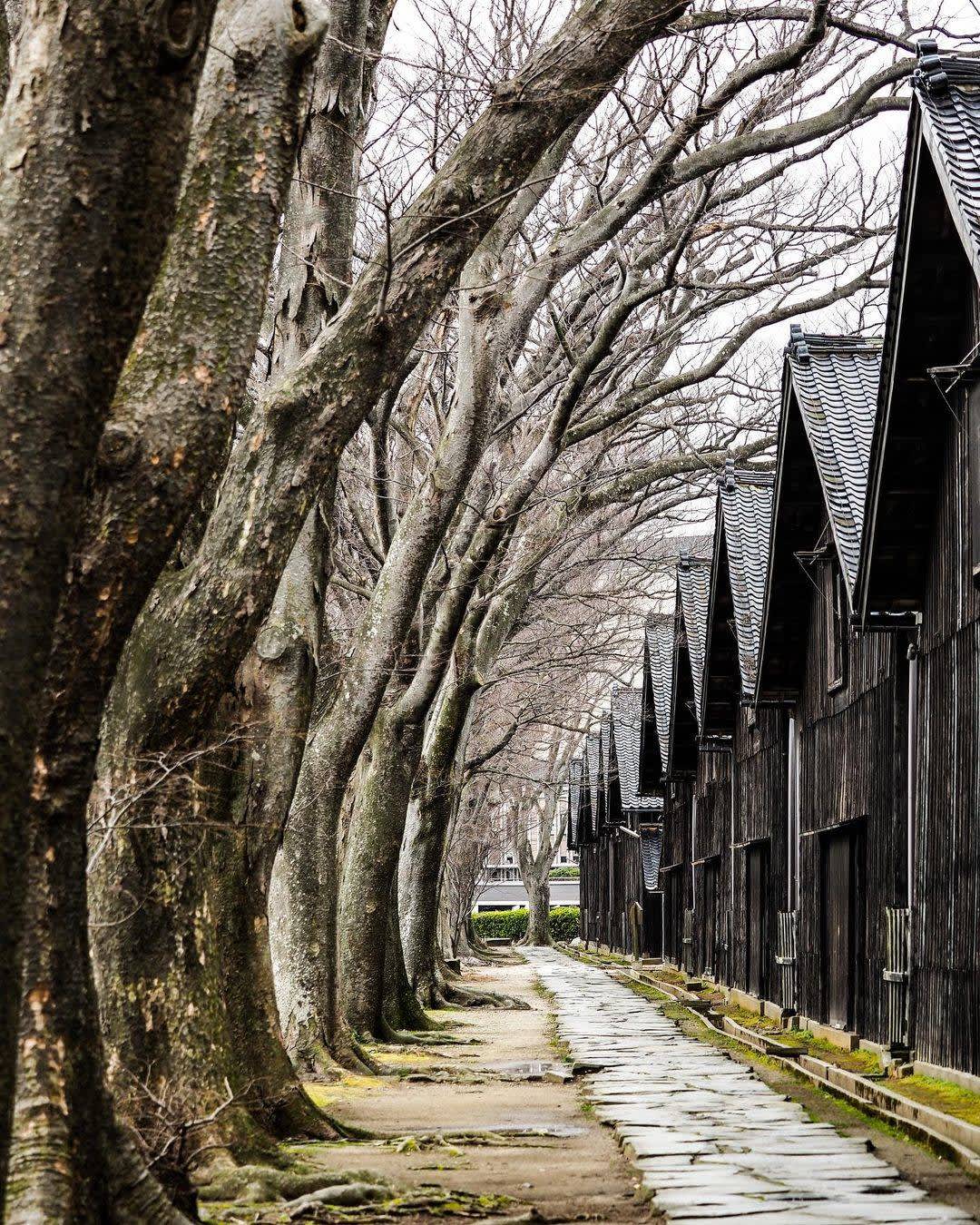
Drive north for ten minutes across the bridge into the centre of Sakata City for your next destination - the Sankyo Warehouses, a series of photogenic, historic rice warehouses. Sakata is a historic commercial city on the Sea of Japan coast. Sakata emerged in the Edo Period as a major trade hub on Japan’s most important shipping trade route, which connected Hokkaido and northern Japan with Osaka via a series of ports along the Sea of Japan.
Originally dating to the late 1800s, the row of fifteen warehouses is visited for its historical importance as much as for its picturesque environs. The warehouses are set in attractive riverside surroundings along a path flanked with mature Zelkova trees. Take a turn along the tree-lined path before venturing inside to explore the warehouses’ rice museum and shops.
The Historical Museum of Shonai Rice showcases exhibits relating to the history and processes of rice harvesting - try hefting the weighted bag to experience the burden that rice workers had to carry. Once you’ve become an expert on rice cultivation, head to the Yume no Kura complex shop, which sells souvenirs as well as local crafts and produce.
8. Visit the Honma Museums in Sakata
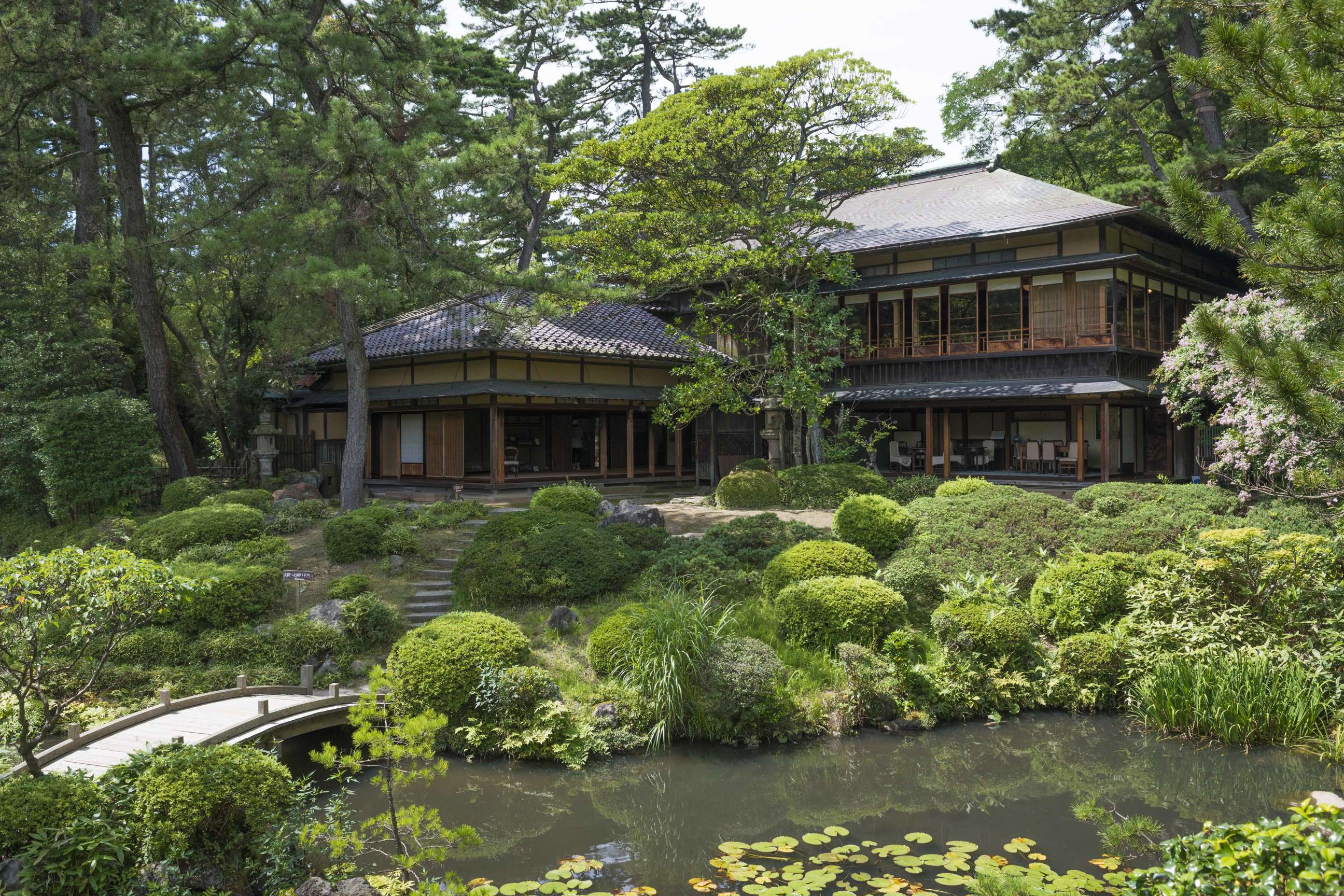
Dating from the late 1700s, it is the former residence of the Honma clan, who lived here until as recently as 1945 and was transformed into a museum in the 1980s. Explore the imposing entrance gate, traditional tatami rooms, and Edo Period kitchen and imagine yourself stepping back in time to a bygone era where merchants and samurai vied for political and economic supremacy.
To stay up to date with all the latest happenings in Japan follow us on Facebook, Twitter, or Instagram!


























































